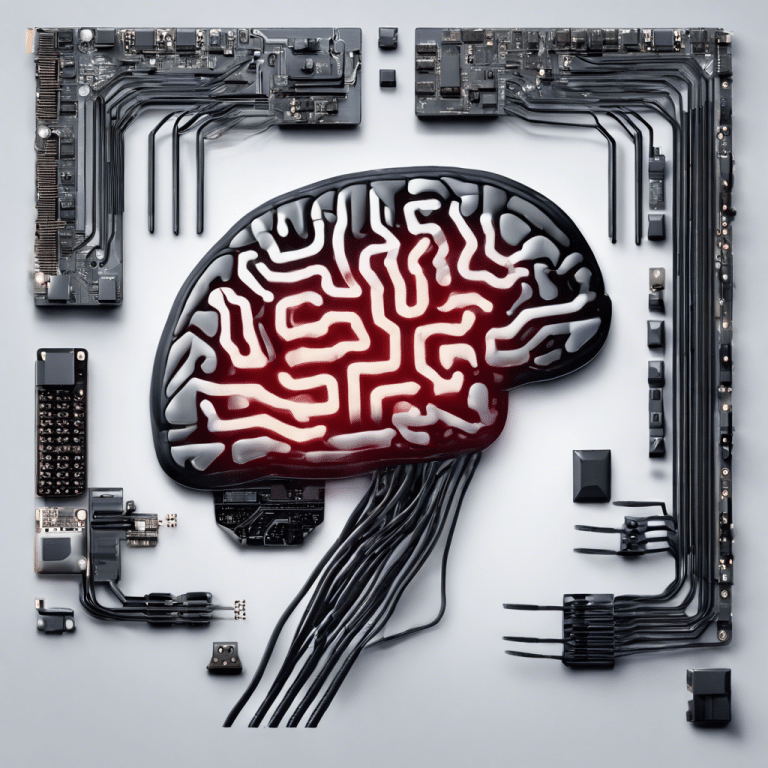Everybody’s talking about the first Neuralink human trials, especially now founder Elon Musk has said, “Initial results show promising neuron spike detection.” Amazing. What is Neuralink? It’s a brain chip computer interface that’s implanted into the skull on the surface of the brain. Musk claims the technology has the potential to help overcome physical and cognitive disability.
If the Neuralink human trials prove to be a success, this could be life changing for anyone living with paraplegia or quadriplegia. And plenty of other people!
In this article
Is Neuralink approved for human trials?
Yes, Neuralink was approved for human trials in September 2023 with clearance from the FDA (US Food and Drug Administration). Before this, the brain chip company had only carried out tests on monkeys and other animals such as pigs and sheep, some which were successful and others not.
Neuralink isn’t the first company to carry out human trials but it’s one of just a small group. Synchron, a company based in Australia, placed a device in a patient in 2022. However, unlike other brain chip implants, Neuralink is more invasive, requiring a small cut in the skull to send tiny wires into the brain.
Watch this video to see what the Neuralink brain chip interface looks like:
Is the Neuralink implant successful?
The first human received a Neuralink implant on 29th January. A day later, on 30th January, Elon Musk reported the following:
The first human received an implant from @Neuralink yesterday and is recovering well.
— Elon Musk (@elonmusk) January 29, 2024
Initial results show promising neuron spike detection.
For the first Neuralink human trials the aim is to move a mouse just by thinking. In other words, using the brain’s neurological activity. Has this been successful? Yes! Elon Musk reported the following:
“Progress is good, and the patient seems to have made a full recovery, with no ill effects that we are aware of. Patient is able to move a mouse around the screen by just thinking.”
The next step from moving the mouse will be clicking it. This means that a person with paralysis will be able to control a phone or computer just by thinking – which is why the Neuralink brain chip is a type of brain computer interface.

What are neurons?
But what is a neuron spike? Neurons are nerve cells that communicate between the brain and body using electrical activity. The Neuralink aims to achieve the same, particularly where that line of communication has been severed.
For example, when someone has a spinal cord injury, the injured part of the spine that transmits that electric signal may not be able to anymore. This doesn’t mean that a person’s arms or legs can’t work, but because the brain can’t get the signal to them, they can no longer move.
Essentially, the Neuralink brain chip computer interface aspires to eventually be able to send the signal to that part of the body, bypassing the usual route, but also using electrical signals from the brain.
What this could mean for people with paralysis
Nowadays you can use a computer (smartphones and tablets are considered such) to control many aspects of life. If the Neuralink human trials prove a success, people with paraplegia could regain physical control over a range of things in their physical environment.
The hope is that Neuralink will eventually be able to cure paralysis and blindness. To do so, the brain chip interface would need to bypass impaired neurological signals between the brain and other areas of the body.
More reading for you
Read more what the Neuralink chip is and what it may be able to achieve then read up on other technology designed to support physical disability:
You might also be interested in reading more on spinal cord injuries and Carol Taylor (pictured below), who’s quadriplegic but paints and designs clothing using adaptive tools:

Where is Neuralink implanted in human trials?
The Neuralink brain chip interface is roughly the size of a coin and gets implanted in the skull with wires that tap directly into the brain. It has 64 tiny wires or threads. A Neuralink robot surgically places these threads into the area of the brain that controls conscious movement.
To give you some idea of the size of the threads, they’re finer than strands of hair. There are 1024 electrodes across the threads transmitting neurological (brain) activity to an app that in turn is meant to help the user control a computer.
Who can be part of the Neuralink human trials?
At the moment the Neuralink human trials are only taking place in the U.S.
People living with quadriplegia from a spinal cord injury or with amyotrophic lateral sclerosis could apply to the first Neuralink human trials. They also needed to be over 22 years and have a permanent carer.
There are many other approaches to finding a so-called cure for paralysis, such as the exoskeleton suit. But perhaps the Neuralink human trials are truly the most unexpected and potential-rich.
Now onto an important topic to do with mobility – and that’s keeping your mobility equipment safe.

Mobility and independence
No matter who you are, everyone deserves mobility and the independence it provides. For many people living with quadriplegia, the Neuralink human trials offer a new possible solution.
Of course, the technology behind existing mobility equipment like wheelchairs, mobility scooters and modified cars is improving all the time too.
Discounted mobility equipment insurance
If you use any of this mobility equipment then you’ll know how important it is to your daily freedom of movement. If your mobility scooter breaks, your wheelchair is stolen, or someone crashes into your WAV, you won’t want to be without these items for longer than necessary.
Blue Badge Insurance can help you pay for the repairs you need or the cost of replacing your scooter, wheelchair or car. Learn about getting affordable, high quality wheelchair insurance and mobility scooter insurance. Also know that if you have a disability parking permit, you can get up to 25% off disability car insurance.
Click below to start a quote.








